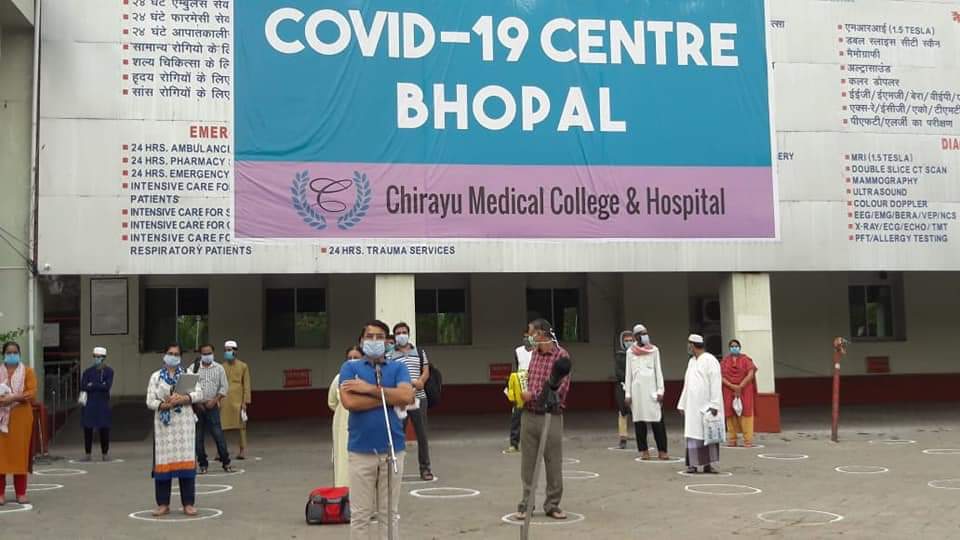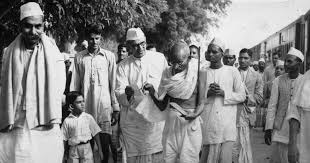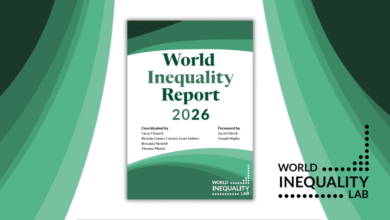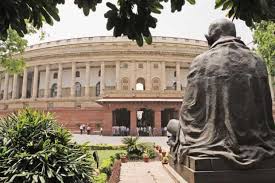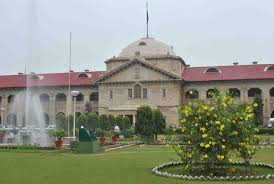Healthcare Management has become more challenging
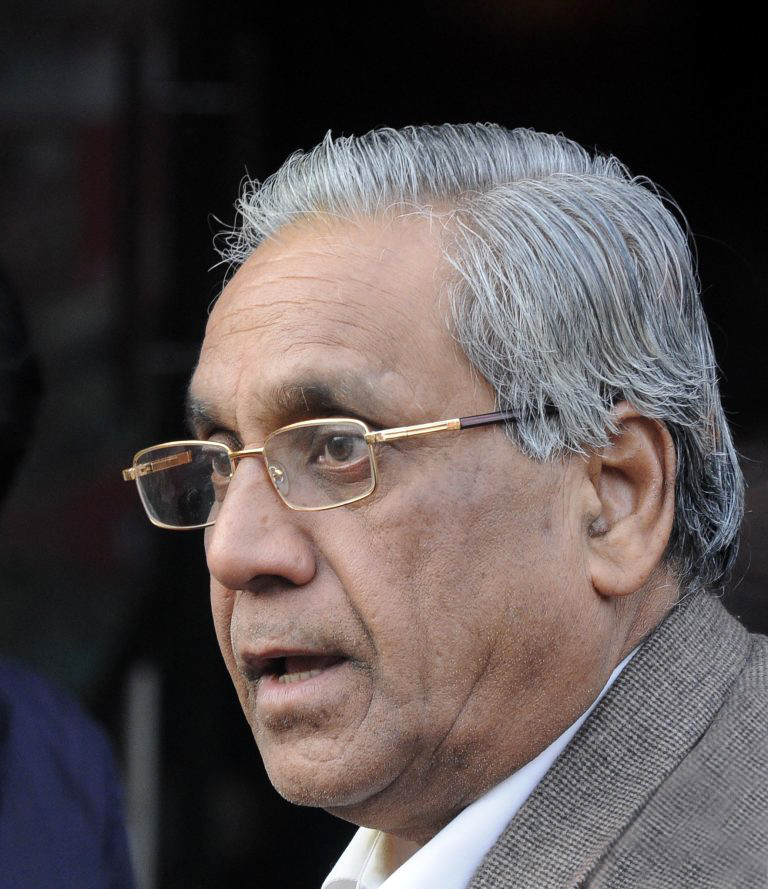
Healthcare management has become more challenging and critical after the spread of Pandemic Covid-19. No doubt health care Industry is expanding at a rate of 12-15 % per annum in India, but still it is far behind as World Health Organisation’s (WHO) benchmark of providing 3.5 beds per 1000 population where as India we hardly provide 1.3 beds per 1000 population.
Health care Management is primarily concerned with the management of Hospitals. Hospital According to World Health Organisation (WHO) is an integral part of social medical organisation, the functions of which is to provide complete health care for the population both, curative and preventive and who reach out to the family and its home environment.
The hospital is also a centre for training of health workers and for bio-social research. Healthcare Management relates to management and coordination of all aspects of a hospital, which may range from patient care to record keeping to inventory of medicines and cleanliness.
There are various departments in any hospital which are; Casualty, Outpatient, Inpatient, Critical care, Cardiology, Anaesthetics, ENT, Gastroenterology, Geriatrics, Gynaecology, Haematology, Neurology, Maternity/ Neonatal/ Paediatrics, oncology, ophthalmology, orthopaedics, urology, housekeeping, physiotherapy, nutrition and Dietetics, Diagnostic Imaging, Medical maintenance & Engineering, Finance,, Administration, Human Resources etc.
There are three types/layer of health system in India which is primary, secondary, and tertiary. All the above Healthcare facility may not have all the above departments. Primary Care Hospital is the day-to-day healthcare given by a health care provider.
Typically this provider acts as the first contact and principal point of continuing care for patients within a healthcare system, and coordinates other specialist care that the patient may need.
Secondary Healthcare refers to a second tier of healthcare system, in which patients from primary health care are referred to specialists in higher hospitals for treatment. Which include District hospitals and Community Health Centre at block level.
Tertiary care refers to highly specialised treatment such as neurosurgery, transplants and secure forensic mental health services as we know hospitals like AIIMS, SGPGI, Lucknow, PGI,Chandigarh, Safdarjung, Delhi, which is the biggest Government hospital in India.
Even Health care teaching institutions and Universities are also catering to the need of health care facilities. Accordingly Healthcare Management differs as per their levels of hospitals and facilities available.
Need for Efficient Health care Management:
As we know we have got a vast population of 135 crore,growing @ 1.08 % per annum with limited health care facilities, as we lacked a proper Growth model in this sector.
Although India has a vast health care system, but there remain many differences in quality between rural and urban areas as well as between public and private health care.
Still doctor patient ratio is 1:1456 against the WHO recommendation of 1:1000. There are more than estimated 70 thousand public and private sector hospitals in India with the highest number of hospitals in the state of Uttar Pradesh.
There are more than 60,000 registered doctors but nos of nurses are less in number. The present Govt in September 2018, as part of National Health Policy, launched Ayushman Bharat Govt funded health insurance scheme to cover the bottom 40% of the country’s population and offer them free treatment at Secondary Tertiary case and even at private hospitals.
This facility is being extended as AB PM-JAY to cover middle class population. This is a welcome step as still India is one of the least insured countries in health sector.
This will certainly add the dimension of the requirement of health care facilities at arapid scale,which may lead to the scarcity of health care manpower. Not only the shortages of doctors even it has 1.7 nurses per 1,000 populations, 43% less than the World Health Organisation norm (3 per 1,000).
This includes nurses, midwives, women health visitors and auxiliary nurse midwives. Overall, India has 3.07 million registered nursing personnel, government told the Rajya Sabha on March 3, 2020.
There are 542 medical colleges and 64 stand alone PG Institutes in India whose qualifications are recognised by the Medical Council of India.
Many universities are providing graduation and post graduation coursed in Health Care Management, courses for paramedical personnel, notably AIIMS(D), CMC, Vellore, Guru Govind Singh Indraprastha University, New Delhi, Armed Forces Medical College Pune etc.
Problems and Challenges in Indian Health care Organisations;
- Lack of advancement technical equipments; Most of the PMC do not have even X-Ray machines, Madameter Oxygen flow meter etc even there is a shortage in Distt Hospitals also. As we know, one of the most noticeable health care trends of has been a shift in the incidence of diseases from predominantly communicable to lifestyle ailments and chronic non-communicable diseases. Cardiovascular diseases (CVDs) have now become the leading cause of mortality in India with a quarter of all mortality attributable to CVD, so we need cardiac unit is the Cath Lab consisting of Angiography X-Ray system in all healthcare units.
- Poor Organisational Structure; This is evidentin most ofGovernment hospitals, particularly state run hospitals. Even lack of responsibilities and accountability leads to mismanagement of health care organisations
- Shortages of Medical Personnel; This is apparentfrom the Doctor and Patient ratio as mentioned above. This situation became unmanageable during Covid-19.
- Work Over Load; This has been observed in most of the hospitals including referral hospitals uneven work load on health care worker. It requires proper manpower study to rationalise work load, for this National Productivity Council, is a pioneer organisation which is under DPIIT, Govt of India.
- Poor salary; Perhaps in most of the private hospitals this has been reported. Recently there was an agitation in some of the Delhi Govt hospitals, where salaries were not paid due to lack of fund. How can we expect health care worker to provide services without salary?
- Lack of IT intervention & Cyber security; Healthcare organisations needs to be more equipped with the It facilities in PMC and SMC, & District units which constitute almost 50 % of the healthcare organisations. Payment process and invoices consumes lots of time of patient due to lack of IT facilities. Private sector hospitals have equipped to some satisfactory level, but still it can go beyond. Recently it was reported that Dr Reddy’s Lab, Hyderabad based where Russian Sputnik V vaccine clinical human trail is going on, incident of hacking took place.
- Healthcare regulatory Control; Regulatory challenges affect healthcare organisations in two ways: one is it drives up the cost of healthcare services and second is it creates confusion among the general public, which is required to be addressed in a precise and proper manner to avoid lawsuits.
- Hospital Workplace Violence; This has been witnessed more often, the incident of violence is perpetrated by patients, their family members and visitors on every small pretext, to healthcare staff, including doctors. Even political interference causes problems. During disaster and conflict situations, health workers may become the targets of collective violence.
To conclude,as the society is advancing, so is the challenges, but no challenges is so big that cannot be managed. During May 2019, Greater Noida Productivity Council (GNPC) had a seminar on “Health Care Management” at Mount Abu, Rajasthan. As per our part of syllabus during the conduct of programme we take participants to the visit of some renounced hospital for learning. The 22 participants were Director and Medical Superintendent from renounced hospitals of the country. I was really at a loss, what to do in such a remote area; even district hospitals may not fulfil their aspirations. Finally just in order to fulfil our commitment, I inquired any nearby hospital and I was told a 70 beded hospital named J. Watumal Global Hospital and Research Centre, managed by “Brahma Kumaris” a well known spiritual Organisations having head office at Pandav Bhawan, Mount Abu. I contacted the Medical Superintendent, a Lady Doctor from Kerala, who readily accepted our request to allow all Participants to visit their hospital. At prefixed time we all visited hospital and the visit gave us a lifetime memories to carry. The small hospital was neat and clean,meticulously managed having some patient got knee operated, some open heart surgery and the bed occupancy was 100 %. We were told that patient from far off districts of Rajasthan and neighbouring states come here for treatment. All below poverty line(BPL) card holders are treated free of cost and for others category of patients charges were nominal. This was really a best example of Healthcare Management. If we wish to make turnaround, then nothing is impossible and we can turn the corner and establish a new benchmark in Healthcare Management..

